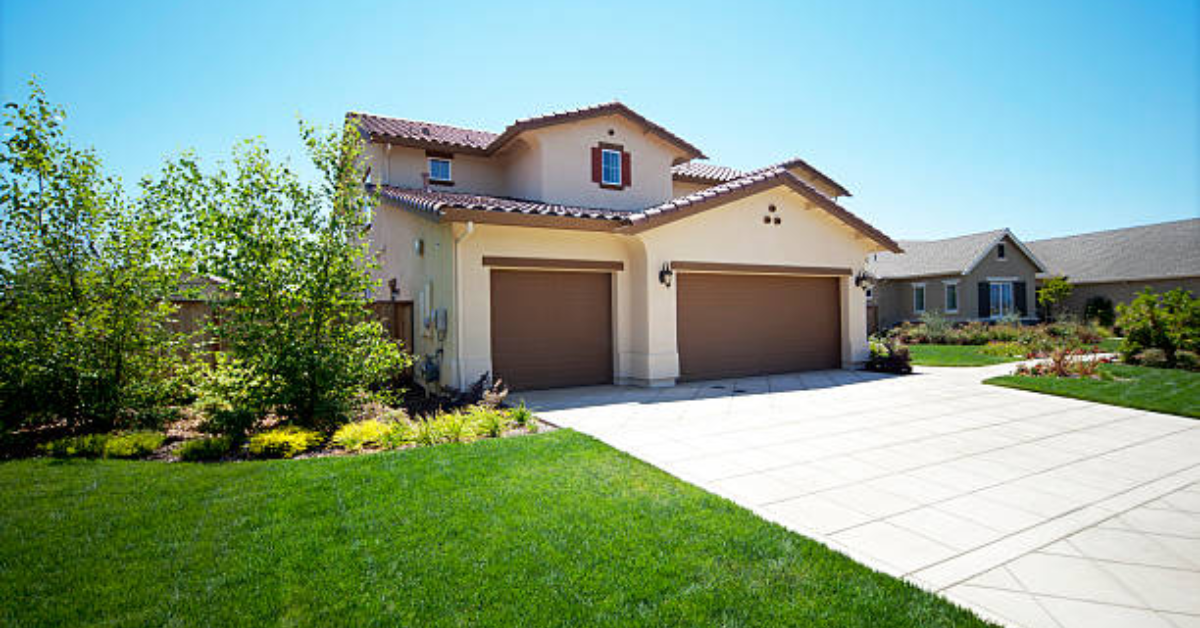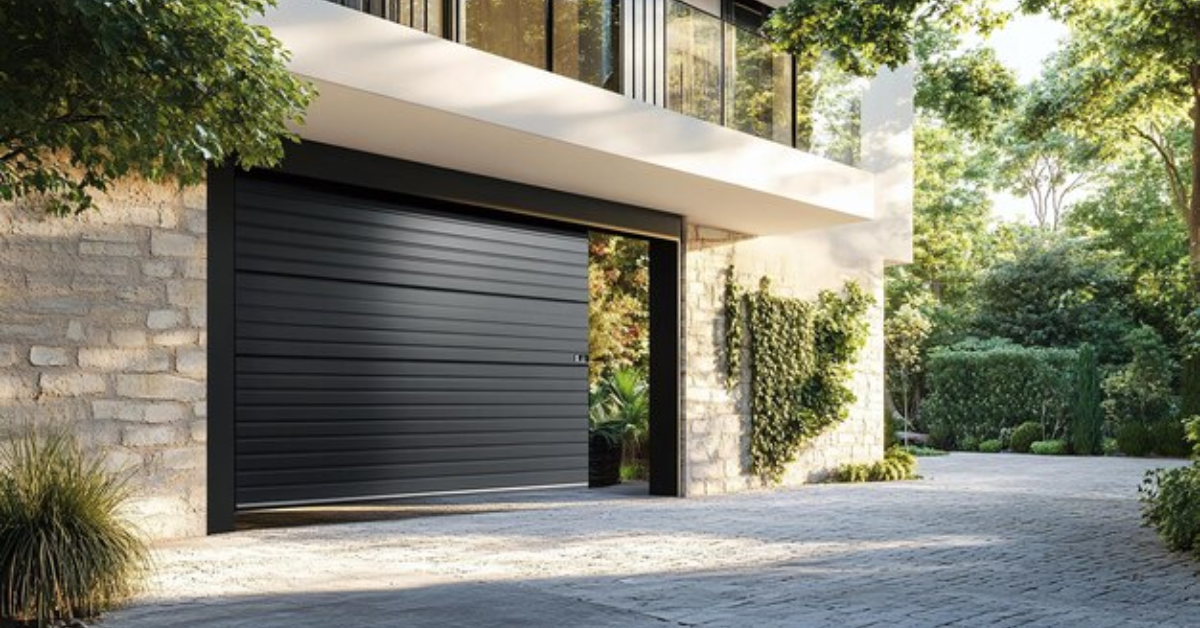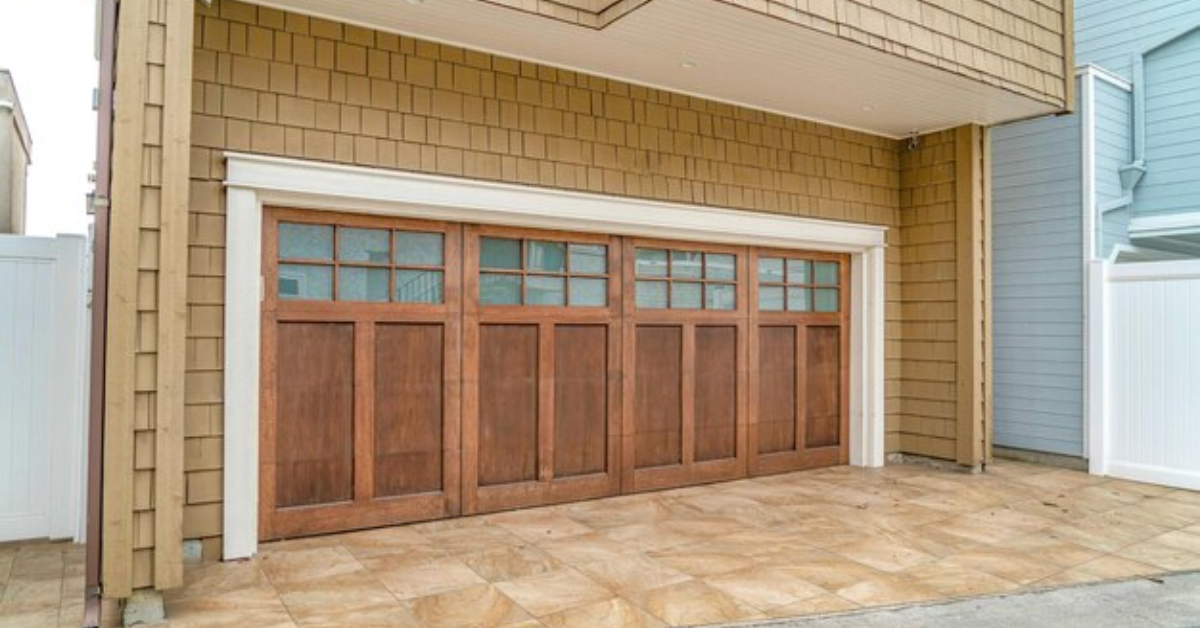How To Make Automatic Garage Doors Safer For Pets?
Automatic garage doors are a convenient addition to modern homes, but they can pose risks to pets if not properly secured and maintained. Pets are naturally curious, and their playful instincts may lead them to explore areas like the garage, sometimes with unintended consequences. By taking proactive measures, you can ensure that your automatic garage door operates safely while keeping your furry friends out of harm’s way.
Understanding the Risks for Pets
Pets are vulnerable to several potential hazards related to garage doors:
- Crush Injuries: A pet caught beneath a closing door can suffer serious injuries.
- Entrapment: Pets might get stuck in the tracks or mechanisms.
- Strangulation Hazards: Leashes or collars can become entangled in the door’s components.
Fortunately, modern technology and proper maintenance can significantly reduce these risks.
Choose the Right Garage Door with Safety Features
When upgrading or installing a garage door, prioritize models equipped with advanced safety features designed to minimize accidents. Look for:
- Auto-Reverse Mechanism: This critical feature detects objects, including pets, and automatically reverses the door’s motion when an obstruction is detected.
- Motion Sensors: High-quality motion sensors can detect even small pets, preventing the door from closing when they are nearby.
- Manual Release Mechanism: In case of malfunction, the manual release allows you to control the door safely.
If you already have a garage door but it lacks these features, consult a professional to upgrade your system.
Regular Maintenance Is Essential
Ensuring that your garage door system operates safely requires routine maintenance. Over time, components like springs, tracks, and sensors may wear out, increasing the likelihood of accidents. Follow these steps to keep your door in top condition:
- Test the Sensors: Regularly check the motion and photo-eye sensors to confirm they detect objects effectively. Clean the sensors to remove dust or debris that could interfere with their operation.
- Inspect for Damage: Check for signs of wear on cables, springs, and tracks. Address any issues immediately by consulting a professional technician.
- Lubricate Moving Parts: Apply a suitable lubricant to hinges, rollers, and tracks to ensure smooth operation and reduce noise.
Create a Safe Garage Environment
Beyond maintaining the garage door itself, making the garage a safe space for pets can help prevent accidents.
- Restrict Access: The best way to ensure safety is to limit your pet’s access to the garage. Use barriers or pet gates to prevent them from entering unsupervised.
- Secure Storage Areas: Keep tools, chemicals, and other hazardous materials locked away or out of reach.
- Provide Supervision: When your pet is in the garage, keep an eye on them to ensure they do not approach the door or its mechanisms.
Teach Pets to Avoid the Garage Door
Training your pets to stay away from the garage door is an excellent preventive measure. Use positive reinforcement techniques to teach them commands like “stay” or “leave it.” Over time, they will learn to associate the garage door with caution.
Upgrade to Smart Garage Door Systems
Investing in a smart garage door opener can enhance safety for pets. These systems allow you to monitor and control the door remotely through a smartphone app. Features like real-time alerts notify you if the door opens unexpectedly, while cameras let you check the garage area to ensure your pet is safe.
Emergency Preparedness
Even with all precautions, accidents can happen. Be prepared to act quickly if your pet gets injured:
- Know First Aid: Learn basic pet first aid, such as handling wounds or fractures.
- Keep a Vet’s Contact Info Handy: Have the phone number of your veterinarian or an emergency animal clinic accessible.
- Stay Calm: In emergencies, a calm and focused response can make all the difference for your pet’s well-being.
Final Thoughts
Making automatic garage doors safer for pets is a combination of using the right technology, regular maintenance, and adopting safety habits. From upgrading to systems with motion sensors and auto-reverse mechanisms to restricting your pet’s access and training them to stay away from the garage door, these measures can significantly reduce risks.
By investing in safety and staying vigilant, you can enjoy the convenience of automatic garage doors without compromising your pet’s security. Your efforts will provide peace of mind and a safer environment for your furry companions.




